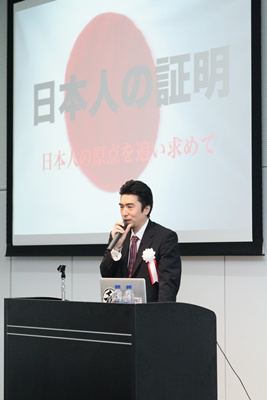Learn from the keen insights of our predecessors – Hidetoshi Tojo's Column No.13
- 2024/01/10 23:59

Learn from the keen insights of our predecessors
– Hidetoshi Tojo's Column No.13
Now, this month, I was thinking about what to talk about. Ah, yes, around this time in February, the book "Basics of Shinto Shrines" (published by Ei Publishing) supervised by me should start appearing on the shelves of Seven-Eleven? Well, if everything goes according to schedule. Anyway, hoping that it has been successfully published, this time I would like to talk a bit about Shinto shrines, or rather, the wisdom of our predecessors.
As is well known, I operate the information site "Shrine People," where I collect nationwide shrine information and work on its systematization. However, it's not because I have some spiritual sensitivity. Rather, I am a realist, and seemingly, I have a thinking style that appears contradictory to such themes. So why am I actively studying shrines? It's because I believe there is a universal wisdom in the unique national temperament of the Japanese that can be scientifically understood.
For example, ancient Japanese believed that gods descended to sharp places, and the motif for this is said to be lightning. Of course, today everyone knows this, but it was the same for ancient Japanese. However, modern people might think, "Oh, if they saw that light and heard that roar, without knowing science, they probably thought the gods were angry." But what's really important is that the land where lightning struck becomes fertile for the five grains.
This is actually scientifically proven, and it is even said that the harvest of mushrooms on land where lightning has struck doubles. So, the ancient Japanese knew everything. That's why they held both fear and gratitude towards lightning, expressed thanks as gods, said "thunder" means "the god is roaring," wrote "thunder" as "rain" and "rice field," and wrote "lightning" as "the wife (spouse) of rice." In a way, it was a very rational way of thinking. However, we modern people, perhaps out of arrogance, tend to overestimate science and technology, and have a dislike for the past. But our ancestors, not knowing science, with high sensitivity, could understand the essence.
Shrines are truly a cultural symbol woven with the wisdom of our predecessors. Perhaps there is a universal truth that even we modern people cannot reach, scattered everywhere there. Don't just think of shrines as mere religious facilities. Awareness is constantly present, right next to us.

.jpg)

.jpg)